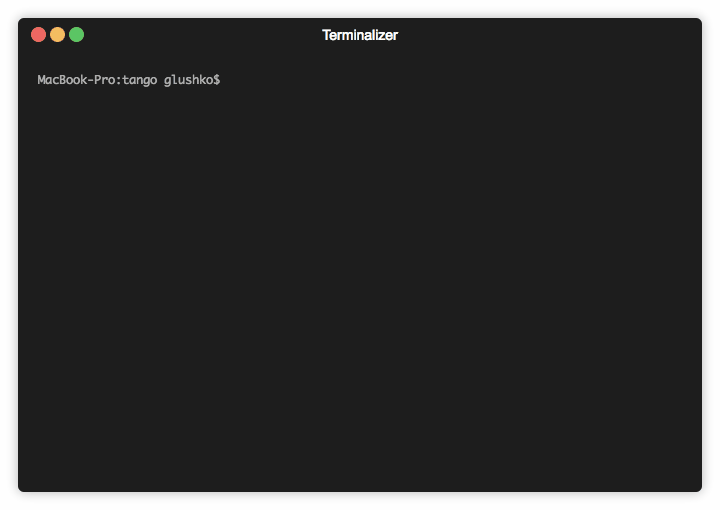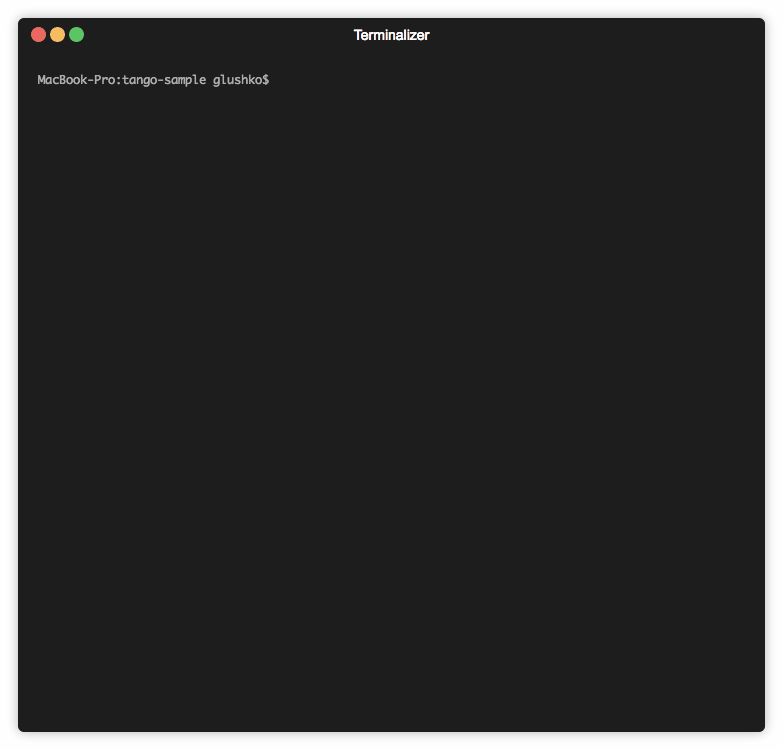
Tango is a dependency-free command-line tool for analyzing access logs. Currently, work on this project is in progress. However, a few pre-releases are ready to use!

Table of Contents
Installation
macOS

You can install Tango on macOS via Homebrew:
brew tap roma-glushko/tango
brew install roma-glushko/tango/tangoTo upgrade, run:
brew upgrade tangoLinux
Tango is available on various Linux distributions via Snapcraft. Here are some installation links:
To upgrade, run:
snap refresh tangoWindows
You can install Tango on Windows via Scoop:
scoop bucket add tango https://github.com/roma-glushko/scoop-tango.git
scoop install tangoTo upgrade, run:
scoop update tangoUsage
List the available commands:
tango helpCheck the version:
tango -vFilters
Using filters is like sifting through a pile of LEGO bricks to find just the right piece. Here’s a brief overview:
- IP address filtering – Narrow down logs based on specific IP addresses.
- URI filtering – Dig into logs to isolate requests based on specific URIs.
- Time Frame filtering – Access logs for a given time period.
- User Agent filtering – Find logs based on different browsers/devices.
- Asset filtering – Explore logs for specific types of assets or files.
Report Commands
Reporting is similar to creating a detailed map from your LEGO exhibition. Using report commands, you can generate various reports:
- Custom Reports – Generate tailored reports.
- Geo Reports – Identify geographical data behind the requests.
- Browser Reports – Analyze usage by different browsers.
- Request Reports – Explore the requests over the logs.
Misc Commands
The Geo Lib command helps in generating geo reports using MaxMind’s GeoLite2-City database.
tango geo-libConfig File
Create a .tango.yaml file in your working directory to fine-tune your analysis preferences:
asset-filter:
- pubstatic
- pubmedia
- media
- static
ip-filter:
- 127.0.0.1
system-ips:
# Fastly IPs
- 23.235.32.020
- 43.249.72.022
- 103.244.50.024
- 103.245.222.023
- 103.245.224.024
Troubleshooting
If you encounter any issues during installation or usage, consider the following tips:
- Ensure that you are using the correct command syntax as specified.
- Check your internet connection, especially if you’re installing online.
- Try upgrading your package manager if errors occur during installation.
- Review error messages carefully, as they often suggest the corrective actions needed.
For more insights, updates, or to collaborate on AI development projects, stay connected with fxis.ai.
At fxis.ai, we believe that such advancements are crucial for the future of AI, as they enable more comprehensive and effective solutions. Our team is continually exploring new methodologies to push the envelope in artificial intelligence, ensuring that our clients benefit from the latest technological innovations.



